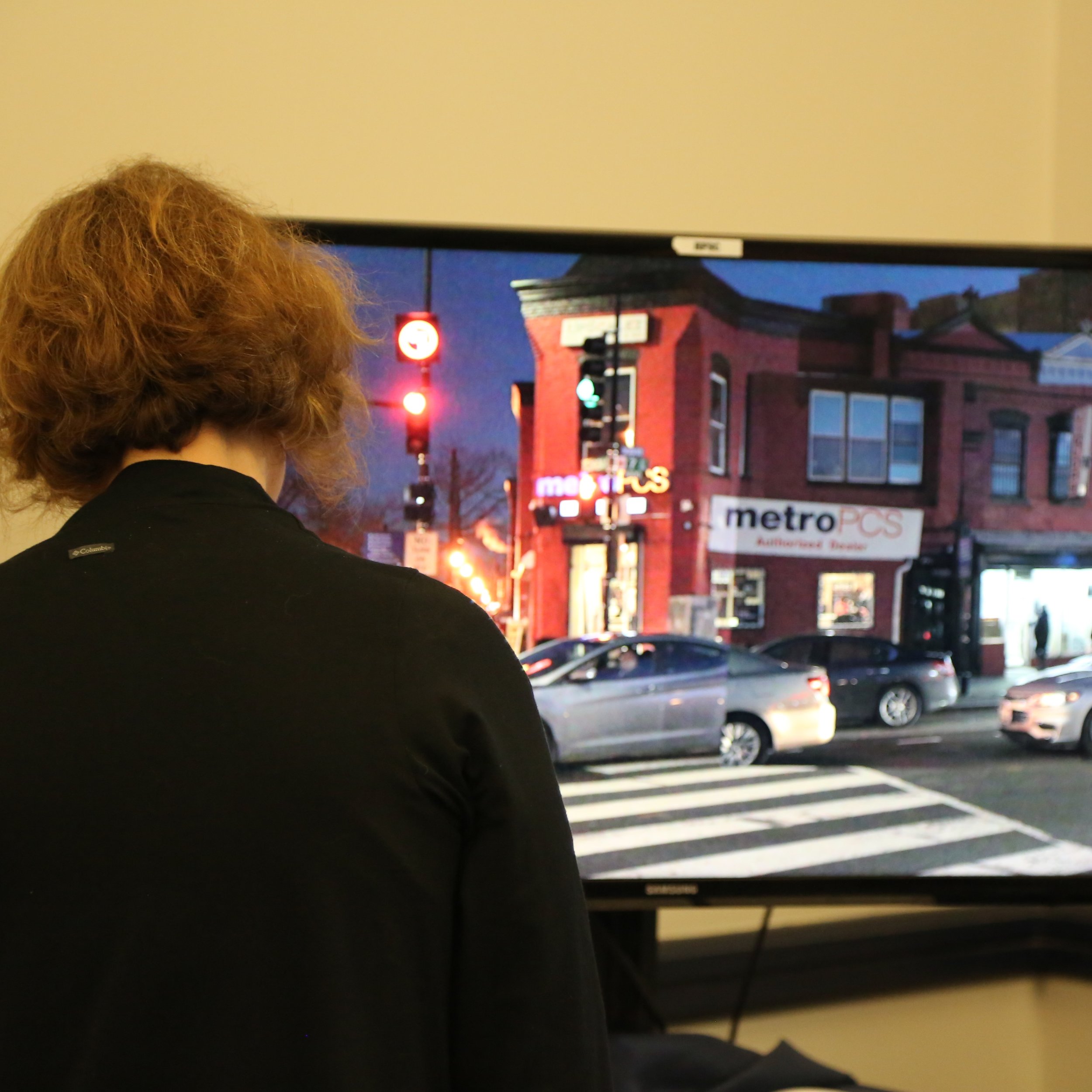Ijeoma Njaka
educator | artist | writer | speaker
How might we invite unengaged (and possibly resistant) faculty to learn about the lived experiences of marginalized students at Georgetown University?
In the 2018-2019 academic year, I served on the Georgetown Provost’s Diversity Advisory Committee as a graduate student. Early on, I remember hearing about students wishing more faculty would attend inclusive pedagogy workshops and anti-bias training. These learning opportunities exist for faculty, but professors need to opt into them. Moreover, many students felt that some faculty were resistant to the idea of inclusive and anti-bias training. As a result, the impetus for faculty to attend a workshop on inclusive teaching requires humility, self-awareness, and a willingness to improve (to say nothing of the time to attend a workshop or the knowledge of these on-campus resources in the first place).
With support from the Offices of the Provost and Student Affairs, I launched and curated “(In)Visibility at Georgetown: Past, Present, and Future” in Spring 2019, an exhibit housed in high-traffic areas on campus featuring student artwork that highlights the lived experiences of marginalized students on campus. I’m so thrilled and humbled by the 4 selected student artists and their important work.
In tandem with the exhibit, I will co-facilitate a workshop for faculty and staff about the project at Georgetown’s Teaching, Learning, and Innovation Summer Institute (TLISI) in late May. I hope to also design a few mini, arts-based engagements throughout TLISI as well (stay tuned!).
For this exhibit, I was inspired by the Renwick Gallery’s No Spectators: Beyond the Renwick exhibition outside of the museum. I loved how art was placed in the sightlines and ambiance of thousands of people, particularly after digging into the work of Sarah Elizabeth Lewis, a curator, Harvard professor, and creator of the Vision & Justice project. Lewis describes the power of art to “inaugurate new possibilities” for justice, and I wanted that to be an outcome of the exhibit for not only faculty, but the broader Georgetown community.
“Art is a tactic.”
I was also motivated by Lewis’s reminder that “art is a tactic” in the creation of a more just society. Alongside the case studies from Doris Sommer’s The Work of Art in the World, where the arts and humanities were central to social changes, I certainly aspired for this exhibit to spark some change on campus.
Above photos taken by Anne Jillian Dumanat. Artwork in the background includes A Nation by Kelsey Lawson, Photographic Memory by Sonia Adjroud, and Layers of Oppression by Sarah Chamberlain.
Other things of interest:
Syllabus for “Cultural Agents” course at Harvard taught by Doris Sommer and Pedro Reina-Pérez
Annotation of my creative process behind creating this exhibit and the subsequent workshop (in progress)



